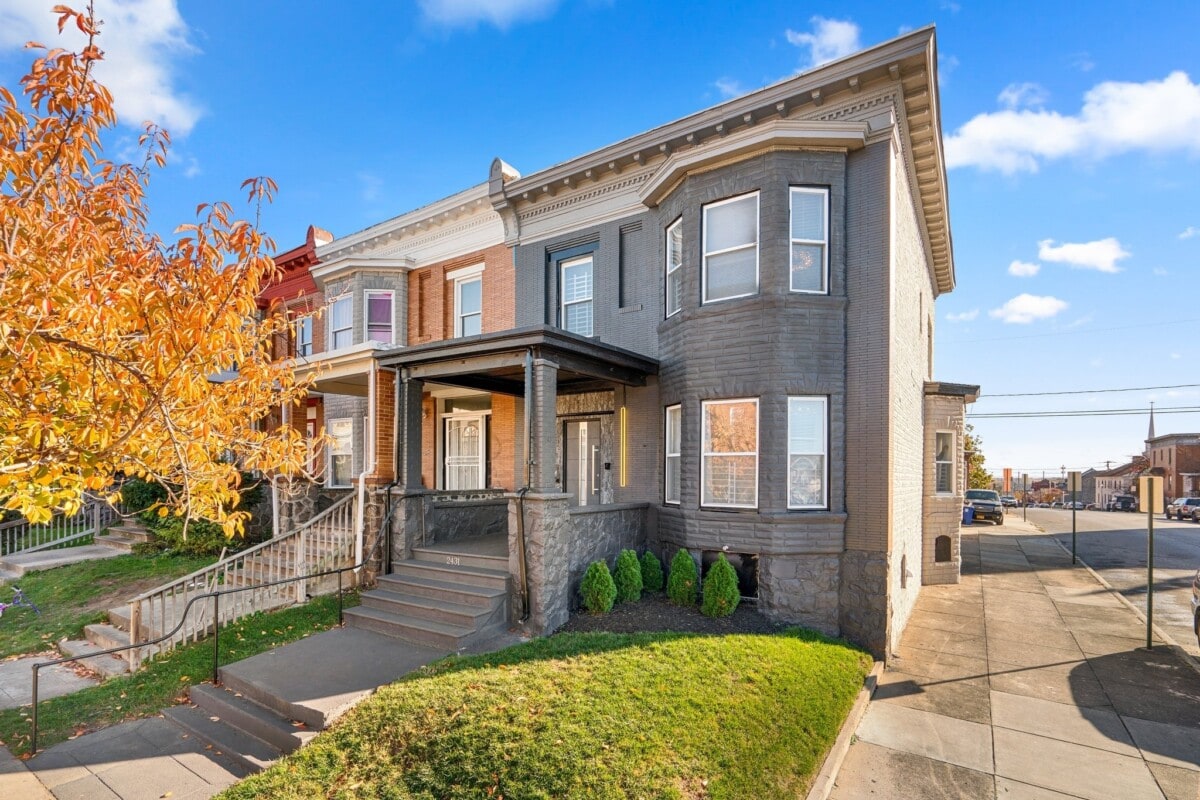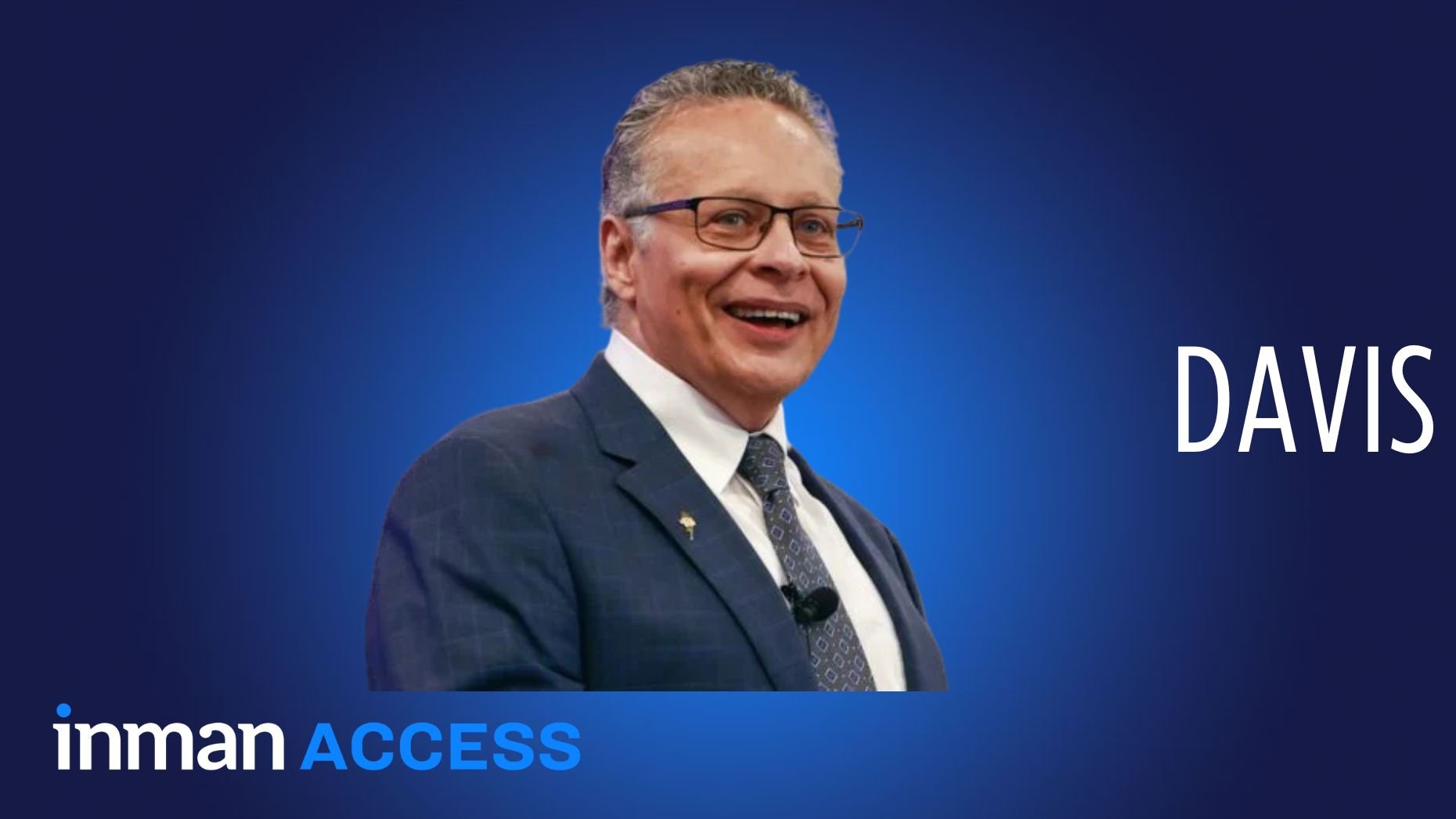Florida’s real estate landscape is shifting after lawmakers passed House Bill 913, a sweeping measure designed to strengthen structural safety, transparency and financial accountability in condominium and cooperative associations — particularly those with three or more habitable stories.
The law — enacted in response to the 2021 Surfside condominium collapse that killed 98 people — introduces new requirements for building inspections, reserve funding and disclosure.
While intended to protect residents and prevent future tragedies, the bill is also reshaping how buyers, sellers and developers approach Florida’s condo market, experts said.
Tim Weisheyer, president of Florida Realtors; and Ana Bozovic, founder of Analytics Miami, said the legislation represents a turning point — one that could redefine trust and investment patterns in Florida’s coastal communities.
House Bill 913 builds on earlier reforms, expanding mandatory “milestone” inspections and strengthening reserve requirements for critical building elements like roofs, foundations and load-bearing walls.
It also requires greater transparency from condo association boards and management companies, including open records and financial disclosures for current and prospective unit owners.
Weisheyer said the new law will restore confidence to a market where buyers and sellers have long been uneasy about hidden risks.
“I think the passage of that legislation is really important to create understanding and peace of mind and transparency in the marketplace,” he said. “Buyers can now go in eyes wide open and have a clear understanding of what has been discussed at the condo association level and what they may or may not be facing.”
He added that sellers benefit from the new rules, too.
“Sellers now have greater clarity and understanding,” Weisheyer said. “They also have a responsibility and an opportunity to be involved in their association’s decision-making in a way they might not have before.”
Market segmentation, condo divide
While the law improves safety and transparency, it’s also reshaping Florida’s real estate market, especially in Miami-Dade County, where older condos and newer luxury towers now face very different realities.
“I always tell people to look at this market, number one, in two tranches — single family behaving separately from condos,” said Bozovic, who also serves as market advisor for the Miami Association of Realtors. “Single family is not affected by this law change, and also we cannot add more inventory vertically when it comes to single family.
“There absolutely are (condos) that are difficult to resell,” said Bozovic. “When we look at the condo market as a whole, median pricing is still up slightly year-over-year, and that’s largely because of the activity at the high end where new and prime keeps growing.”
Engaging owners and boards
Under the new law, buildings with three or more habitable stories must complete milestone inspections and structural integrity reserve studies on a consistent schedule.
Condominium boards are required to keep detailed records, provide timely updates and budget responsibly for long-term repairs.
“It’s really brought to the forefront the importance of condo associations having those conversations on a regular basis about repairs and maintenance,” Weisheyer said. “Instead of kicking the can down the road and inheriting a large assessment, associations can now be more prudent and deal with issues incrementally.”
He compared the new approach to routine planning and upkeep.
“It’s just like owning a home or a car — you know there will be maintenance, and if you prepare correctly, you budget for it,” he said. “If you don’t, you end up with significant repair costs and not enough resources to cover them.”
New vs. old condos
Bozovic laid out the impact of House Bill 913 on older buildings.
Many of those aging buildings, she said, have postponed necessary maintenance and kept homeowners’ association fees artificially low for years.
“There’s absolutely older product that is challenged, because they kick the can down the road for so long, never increasing their HOA,” Bozovic said. “They may have a doubling or tripling of HOAs and lots of assessments in the horizon, and it makes it very difficult to sell those units.”
She emphasized, however, that not all older buildings are struggling.
“Not all older buildings are in trouble,” Bozovic said. “But the ones that were not responsible, their management, absolutely are.”
By contrast, newer condos are weathering the transition smoothly.
“New product is not affected by this law change because they’re new buildings,” she said. “Their HOA already accounts for reserves — and they’re benefiting from the wealth and talent migration.”
A market still moving forward
Even with pockets of distress in older buildings, Bozovic said the overall condo market remains stable.
HousingWire data from Florida and the Miami metro area show that the June 2021 Surfside condominium collapse did not produce a noticeable effect on home listing prices — despite its tragic loss of life and national attention.
In the weeks leading up to the collapse, median list prices across Florida rose steadily — from $335,000 on May 7 to about $350,000 by mid-June.
In the Miami metro area, the median list price increased from $359,000 to $370,000 during that same period.
During the week of the collapse (June 25, 2021), Miami’s median list price held at $370,000, identical to the prior week, while Florida’s statewide median was essentially flat at $349,990.
In the eight weeks following the disaster, listing data remained stable or continued to edge higher. By Aug. 27, 2021, the median list price for Florida homes had climbed to $360,000, and Miami’s median rose to $379,000 — both modest gains over pre-collapse levels.
New listing prices also showed no abrupt drop, staying within typical seasonal fluctuations.
Weisheyer further emphasized that while the law may add short-term costs for some associations, it ultimately creates a stronger, more trustworthy marketplace.
“This is great for the marketplace, great for the consumer and great for our members,” he said. “It ensures that everyone has a clear understanding of what really is and what really isn’t happening.”



















 English (US) ·
English (US) ·